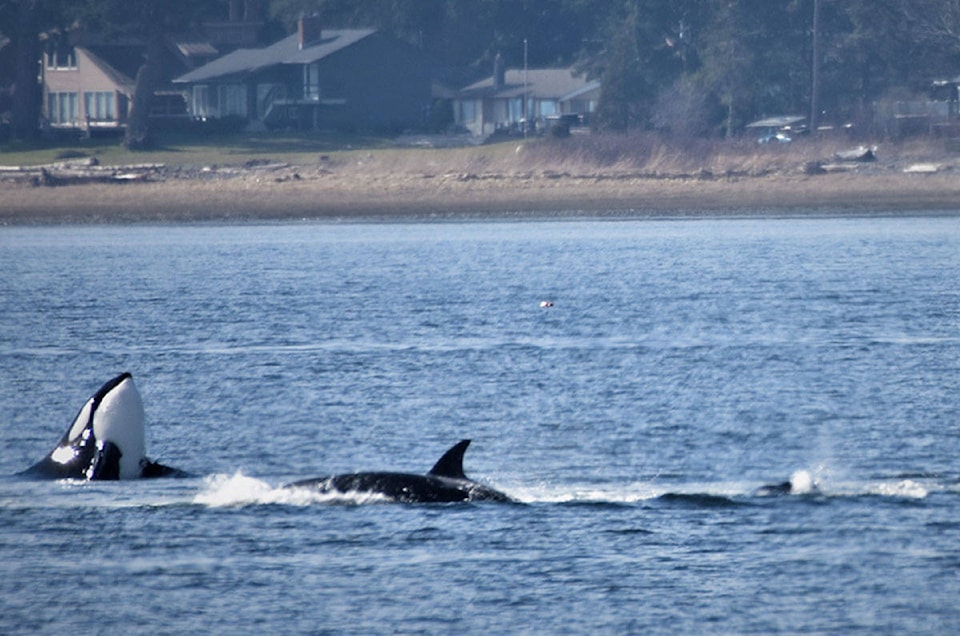There has been much discussion of late concerning the shortage of large chinook salmon as a food source for southern resident killer whales. It now appears that the whales themselves may be responsible for the decreased size and age of chinook salmon.
A recent scientific paper published in the journal Fish and Fisheries found that chinook declines in age and size were most pronounced in northern populations, where resident killer whales were more numerous, but were common coastwide. While they stated that many factors come into play in determining age and size structures in any population, they could not find one which was more correlated than the resident killer whale impact.
The study involved 85 separate chinook stocks, both hatchery and wild, from Alaska to California totalling 1.5 million individual measurements. They found that hatcheries were not responsible for either smaller or younger chinook at maturity.
The authors noted that Chinook predation by marine mammals (ie. seals, sea lions and killer whales) increased three-fold since the mid 1970s. Resident killer whales in the northeast Pacific number greater than 2,300. Ninety per cent of their diet is chinook salmon age four to six years. Killer whales consumed 10,000 metric tonnes of chinook in 2015 which represents over two million adult fish.
The southern resident killer whales may be eating themselves out of a food source which could lead to their disappearance; but this may not be a bad thing if you are a chinook salmon.
Wayne Zaccarelli
Esquimalt



